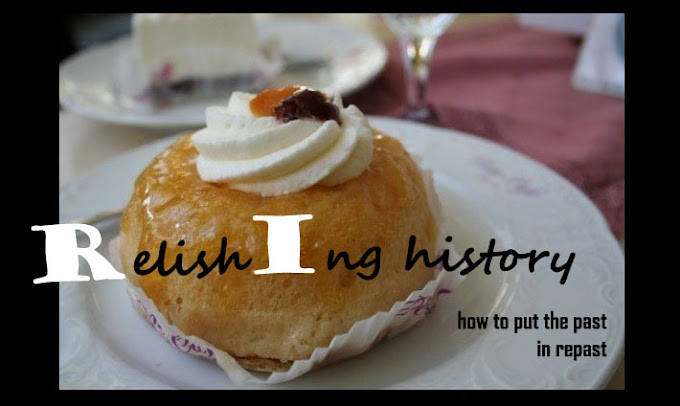Stewart Martin Photography 2012
According to the historical note that introduces the "Winthrop W. and Harriet A. Aldrich Papers," both Winthrop and Harriet were quite "socially active," belonging to many social and charitable organizations. Winthrop Aldrich was president and then chairman of the board of directors of Chase National Bank, and, in the 1950s, was appointed Ambassador to the Court of St. James. For her part, Harriet "participated in the leadership of the USO" during WWII and also served as chairman of the Civil Defense Volunteer Organization. As you might imagine, these were folks who entertained a fair bit.
For my own part, I was hoping to find a recipe appropriate for springtime, something light and fresh. And then I saw it: a recipe for lemon pie. It sounded delicious, and its origins were pretty exciting, too:
In 1954, the Aldriches were the guests of Eliahu and Zehava Elath in Washington, D.C. Eliahu was the first Israeli ambassador to the U.S., and his wife, Zehava apparently served a pretty phenomenal lemon pie. The lemon pie was so good that Winthrop begged Zehava for the recipe. A few weeks after the dinner, Harriet received a note from Zehava with the recipe attached:
As fantastic as the recipe sounded, I knew that the raw eggs would prevent me from serving it to the public. And, as much as I would have been content to eat an entire pie by myself, I decided it was best to choose another recipe. As luck would have it, Harriet Aldrich happened to have another recipe for lemon pie (apparently it was something of a family favorite!), which had nary a raw egg in sight.
This second recipe, handwritten in a small notebook filled with other tasty morsels that seem to have been served at luncheons, read as follows:
This pie was truly a cinch to throw together, though I was amazed to find that even as late as 1950, not a word was mentioned about of oven temperature. Well, okay, there was one word: "moderate." 350 degrees sounded moderate to me, and it took about 35 minutes for the filling to set. Although the original recipe doesn't specify the type of lemons to use, I went with Meyer lemons, which are sweeter than regular lemons, and, let's face it, more photogenic.
Because I'd be using sweeter lemons, I decided to halve the amount of sugar, too, so if you're using regular lemons, I'd suggest that you stick with the whole cup. And, though I don't have empirical evidence to support this, I do believe that this pie tastes better while wearing your best spring frock. VIP guests are optional.
Mr. Aldrich enjoying his mother's lemon pie.
Stewart Martin Photography 2012














